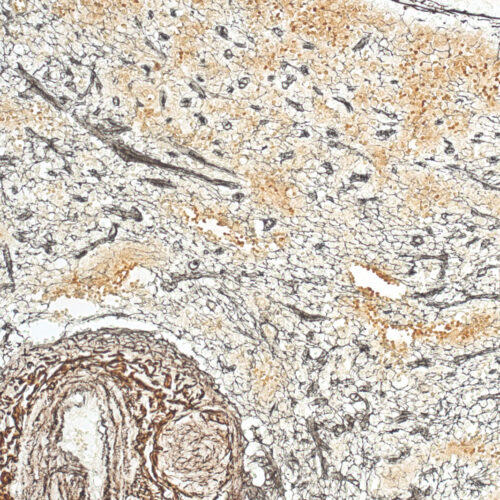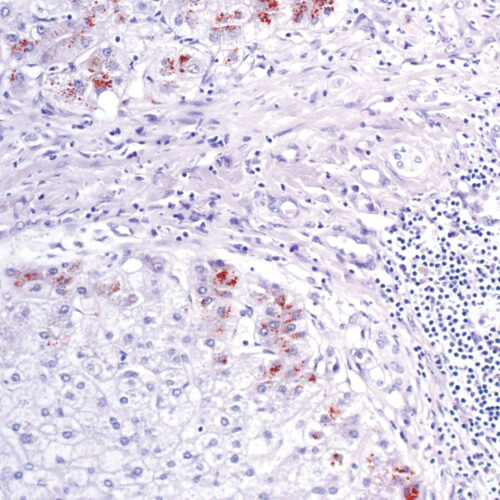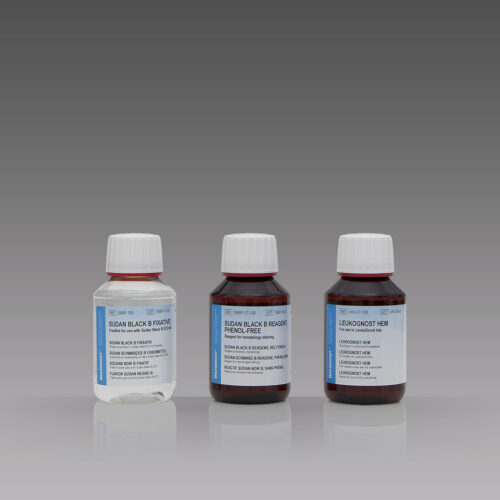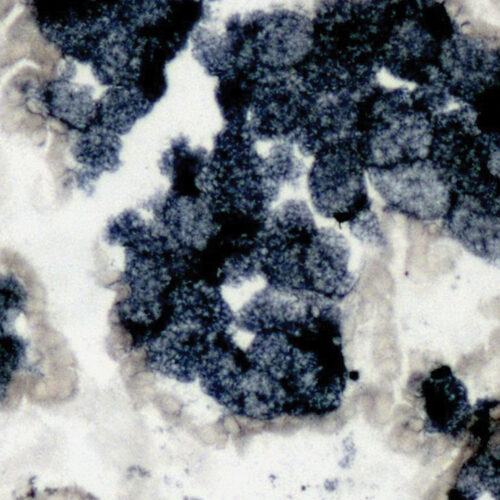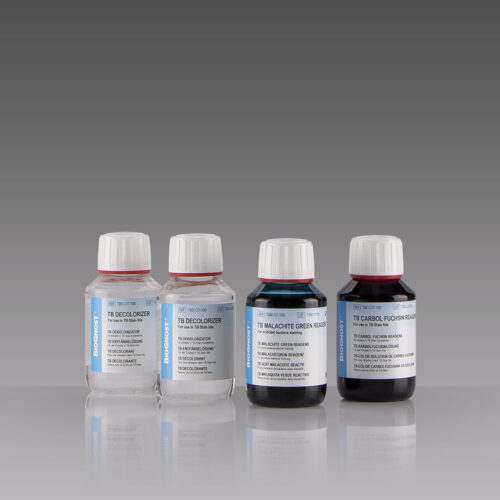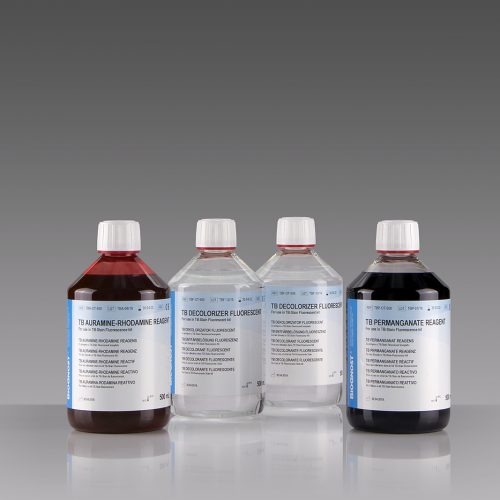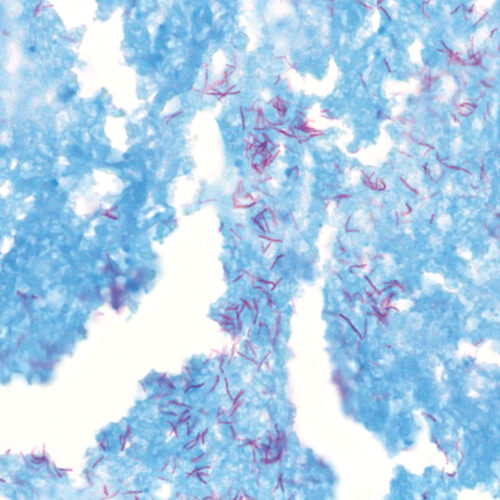for 100 tests
-
Reticulin kit
Seven-reagent kit for detecting argyrophilic reticulin fibers. It clearly differentiates between collagen and reticulin and nerve fibers and connective tissue. The main function of reticular fibers is to provide support and are normally found in liver, lymph nodes, spleen and kidneys.
-
Rhodanine kit
Four-reagent kit for detecting copper and copper-associated protein (CAP) in patients suffering from Wilson’s disease. Abnormal copper accumulations are predominately found in liver tissue, but can also be found in the brain and cornea of the eyes.
-
Safranin O kit
Four-reagent kit for identification of cartilage, mucins and mastocyte granules used in histology and cytology.
-
BioGREEN/Citology and hematology staining reagents/Cytochemical staining kits and ancillary reagents/Histology and cytology/Phenol-free products
Sudan Black B ECO
Phenol-free three-reagent kit for staining neutrophil granules in hematological smears.
-
Sudan Black B Lipid kit
Four-reagent kit for specific lipid staining in cytochemistry. Sudan Black dye stains a few types of lipids, including neutral fats, phospholipids and sterols. It contains a double amount of Sudan Black B, solution.
-
According to Kinyoun and Kinyoun-Gabbett/Bacteriology and mycology staining reagents/Histology and cytology/TB-Stain kits and reagents
TB-Stain Cold kit
Three-reagent kit for staining acid-fast bacteria according to Kinyoun. Contains TB Carbol Fuchsin reagent, double amount of TB Decolorizer and TB Malachite Green reagent as counterstain.
-
According to modified Truant methods/Bacteriology and mycology staining reagents/Histology and cytology/TB-Stain kits and reagents
TB-Stain Fluorescent kit
Three-reagent kit for flourescence-microscopic detection of acid-fast bacteria. Contains TB Auramine-Rhodamine reagent, double amount of TB Decolorizer Fluorescent and TB Permanganate reagent as counterstain.
-
TB-Stain Histo kit
Three-reagent kit for staining acid-fast bacteria (pathogenic mycobacteria) in histology sections, sputum, smears and culture smears according to Ziehl-Neelsen. Heating of the carbol-fuchsin solution is avoided in this protocol hence omitting the release of hazardous phenolic vapors.

